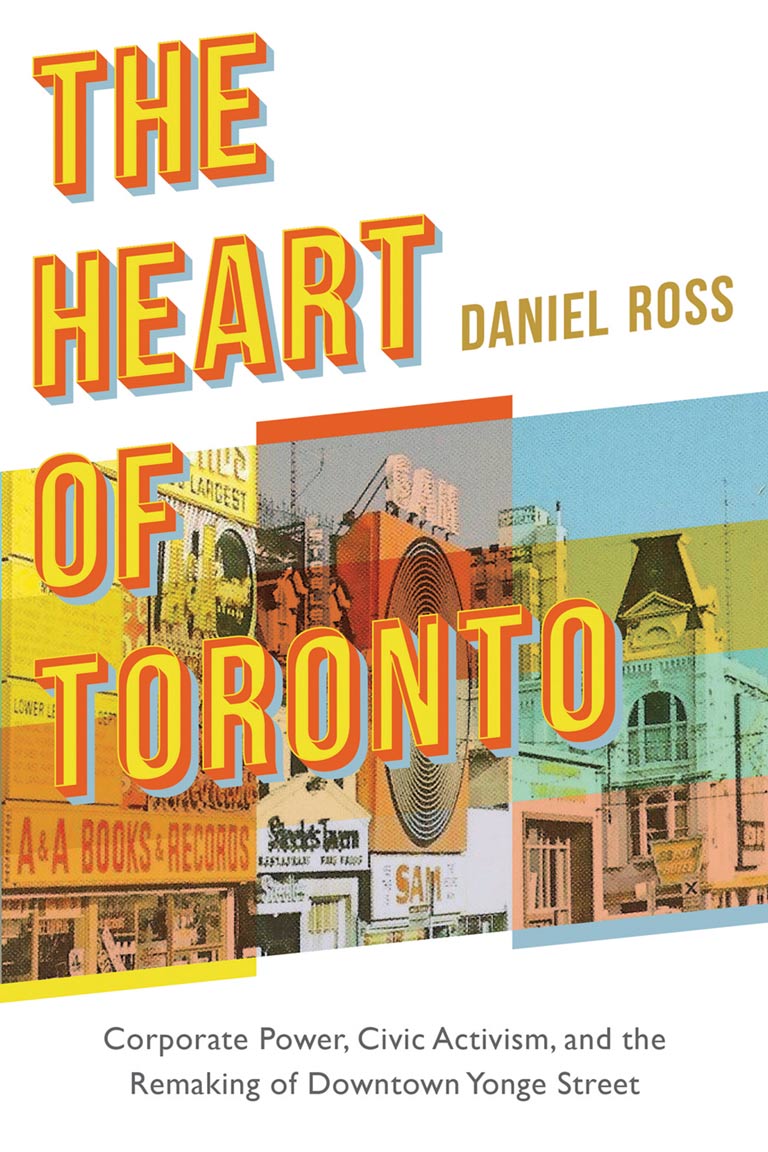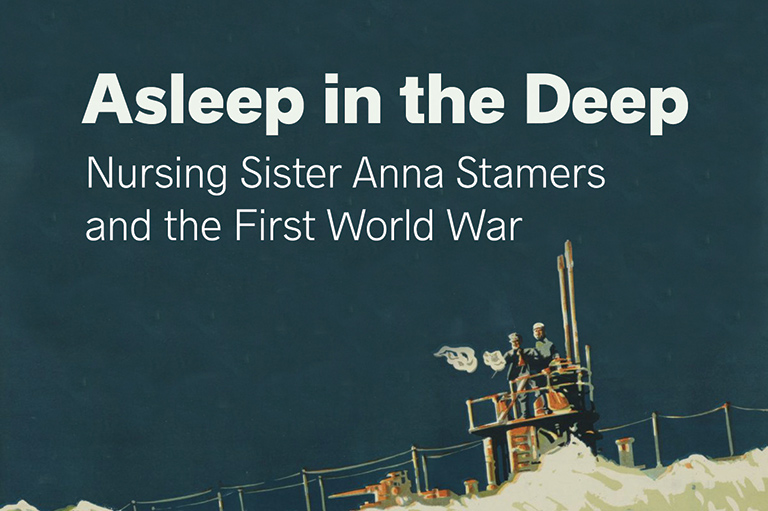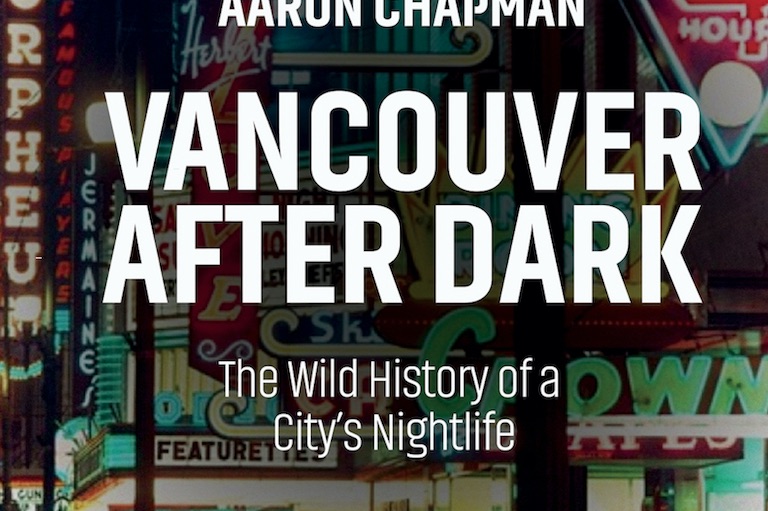The Heart of Toronto

The Heart of Toronto: Corporate Power, Civic Activism, and the Remaking of Downtown Yonge Street
by Daniel Ross
UBC Press
239 pages, $32.95
A double review with
Toronto: City of Commerce 1800–1960
by Katherine Taylor
James Lorimer & Company
144 pages, $29.95
Two new books offer readers very different visions of Toronto’s merchant past and the shadows it casts on the city today.
Katherine Taylor is a banker who, in her blog, began to tell the stories behind many of the “ghost signs” on older buildings throughout the city. Toronto: City of Commerce is her first book and documents the stories of Toronto’s earliest merchants, bankers, and factory owners. It features many of Taylor’s own photographs while contrasting the modern-day uses of spaces with the fading imprints of their prior owners and purposes.
Historical images drawn from the City of Toronto and Toronto Public Library archives provide visual texture to short, colourful stories of both famous and little-known personalities and characters. For instance, many people are familiar with the iron Tip Top Tailors sign along Toronto’s Lakeshore Boulevard, and in Taylor’s book we learn about David Dunkelman, a son of Polish immigrants, who became a millionaire by selling affordable suits while believing that “every man is a gem.” We also hear the story of Edna Essa, the woman behind Lady Ellis Hosiery, who built a thriving business on Adelaide Street following the tragic death of her husband, Edward Essa.
Meanwhile, in The Heart of Toronto, Université de Québec à Montréal history professor Daniel Ross focuses on the reinvention of Yonge Street between the 1950s and 1970s. His book is the culmination of years of research into municipal records that chronicle the evolution of Toronto’s downtown hub in the face of rapid urban growth.
Ross makes the case that the issues facing Yonge Street were indicative of the challenges confronting many big cities throughout North America at that time. They include challenges that civic leaders still struggle with today: addressing suburbanization and the decline of retailing as the primary purpose of the downtown core; providing efficient public transportation to minimize motor-traffic congestion; and policing the rise of the sexual entertainment industry in the postwar era of sexual revolution.
The Heart of Toronto covers the many transformations of Yonge Street, from merchant row to pedestrian mall, from sin strip to the site of a major public square. Notably, Ross points to the defining impact of the construction of the Eaton Centre mall, not only on downtown Toronto retailing but also in paving the way for large-scale land assemblies and commercial-development projects.
In the closing chapter, he discusses the widespread public demand that any new development provide space to preserve and to commemorate the location’s history. In particular, Ross mentions the fight to preserve the iconic Sam the Record Man sign that now shines in neon over Dundas Square, near to its previous Yonge Street location.
Themes associated with this article
Advertisement




